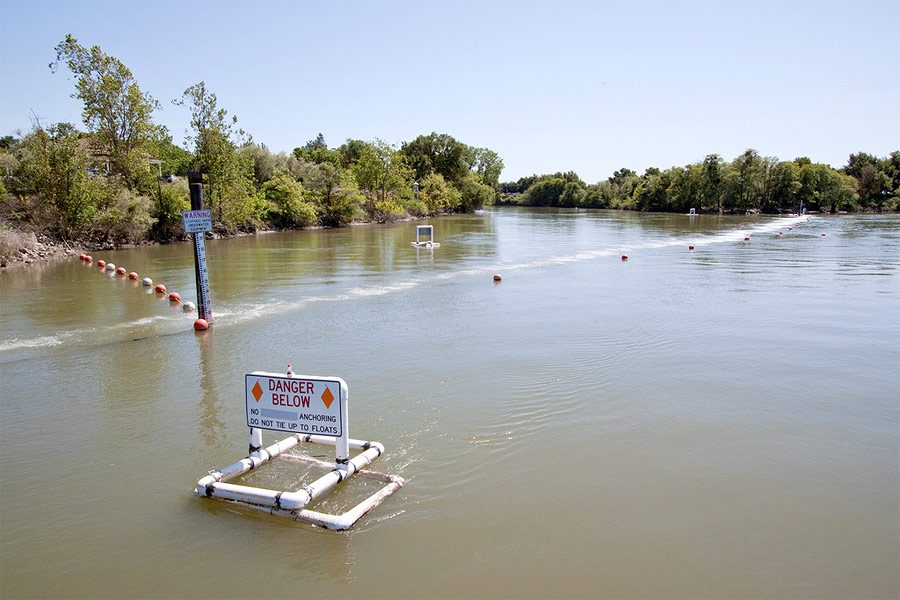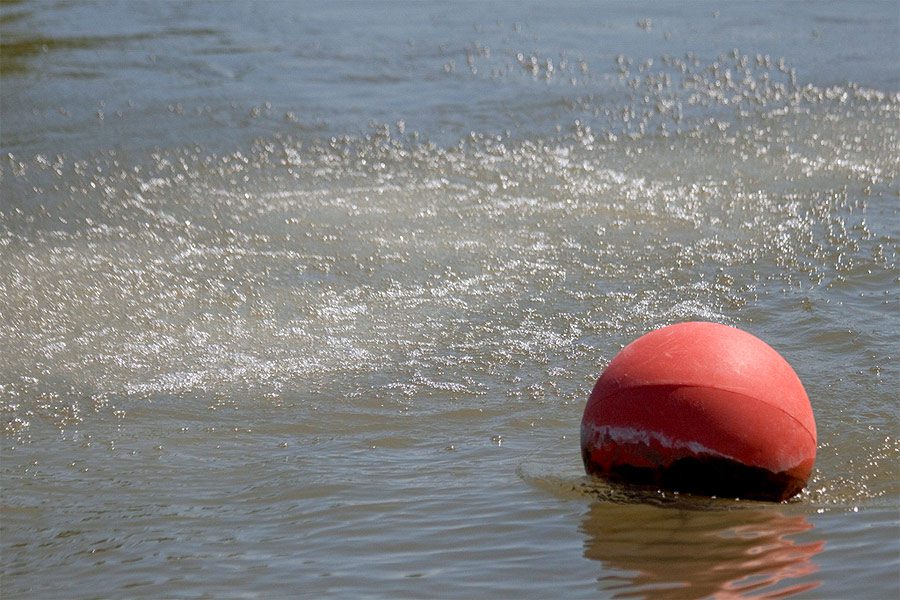Monday May 9, 2011




Outmigrating Sacramento River salmon smolts may take numerous routes on their way to the ocean, however they have a higher rate of survival if the stay in the mainstem of the Sacramento River than if they enter the interior Delta (Newman 2008). There are several sloughs that connect the lower reaches of the river, below the City of Sacramento, with the Delta including the Delta Cross Channel (gate-operated) and Georgiana Slough. The National Marine Fisheries Service Biological Opinion requires that California Department of Water Resources (DWR) and the United States Bureau of Reclamation (USBR) consider engineering solutions to reduce the diversion of juvenile salmonids from the Sacramento River into the interior and southern Delta. The Delta Cross Channel can be closed to prevent fish from entering the interior Delta, however it also impedes water movement. To address this, DWR is evaluating the efficiency of a non-physical barrier (NPB) fish deterrent at Georgiana Slough, like the NPB at the Head of Old River on the San Joaquin River. The barrier consists of a wall of bubbles, strobe lights and sound to deter fish from entering Georgiana Slough without impeding the flow of water. Currently, a inter-agency team of researchers is examining outmigrating juvenile salmon response to the barrier and tracking their movement through the Delta. Their study of salmon smolts at the barrier consists of using a 3-dimensional array of hydrophone receivers to monitor detailed movements of acoustically tagged fish when they encounter the bright lights of the barrier. Hopefully salmon aren’t disco fans…
Photo source: FISHBIO
